
Roots
When you hold a single strand of textured hair, what do you truly hold? Is it simply a biological filament, a helix of keratin and pigment? Or is it something more profound, a living artifact carrying the whispered narratives of generations? For those whose heritage connects to the deep lineage of textured hair, a strand becomes a tender guide, leading us through time, echoing stories of resilience, artistry, and societal impositions.
Understanding what historical rules shaped textured hair care begins not with mandates, but with the very structure of the hair itself, viewed through an ancestral lens. This journey requires us to feel the subtle wisdom in ancient practices, to see how the biology of our coils met the world, and how, in turn, the world attempted to define and control them.

The Coil’s Ancient Blueprint
The anatomy of textured hair, with its unique elliptical follicle shape and complex curl pattern, is a marvel of biological adaptation. This structure influences how moisture travels along the strand, how light reflects, and how styles hold. Long before modern science offered explanations for these particularities, ancient communities held an intuitive awareness of their hair’s distinct qualities.
Across Africa, the care for coily, kinky, and wavy hair was not arbitrary; it was a response to its inherent needs and a reflection of profound cultural values. This early understanding of elemental biology, gleaned through observation and practice, laid the groundwork for care rituals that prioritized hydration, protection, and communal grooming.
Consider the deep past of African civilizations, where hair was far more than an adornment. It served as a sophisticated visual language, communicating social standing, age, marital status, and even spiritual beliefs. The intricate styles observed in archaeological findings and historical accounts from kingdoms like ancient Egypt and societies across West Africa speak to a profound engagement with hair’s structure.
These complex forms were not merely aesthetic expressions; they also preserved the hair’s health, shielding it from environmental stressors and retaining moisture. The ‘rules’ here were unwritten, born of ancestral knowledge and community wisdom, dictating a reverent engagement with one’s crown.
The deep historical journey of textured hair reveals an intrinsic link between its biological characteristics and the ancestral care practices that nurtured it.
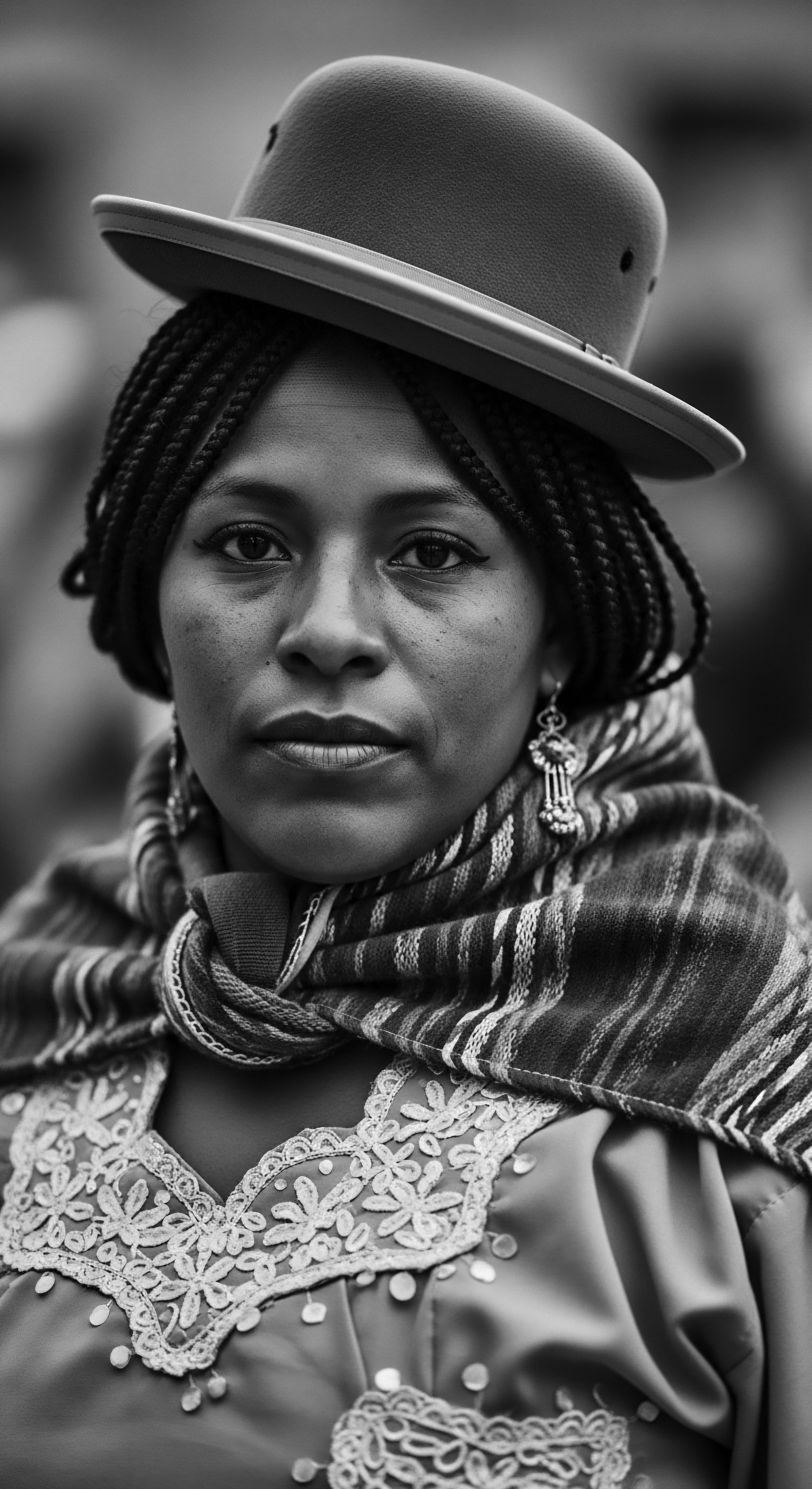
Early Societies’ Hair Customs
In pre-colonial African societies, hair grooming formed a central communal activity. It was a shared responsibility among family and friends, particularly women, who gathered to braid and style, strengthening social bonds through this ritual. This collective care fostered not only healthy hair but also a robust sense of identity and belonging.
For example, the Himba people of Namibia traditionally style dreadlocks using a paste of ground ochre, goat hair, and butter, a practice that connects them deeply to the earth and their ancestors. This practice speaks to an ancient, holistic approach where hair care was inseparable from spiritual connection and communal life.
The materials used in these historical settings were drawn directly from the land ❉ rich plant-based oils like shea butter, coconut oil, and aloe vera, alongside minerals and clays. These ingredients, recognized for their moisturizing and protective qualities, were the foundation of traditional hair regimens. Their widespread use centuries ago offers a compelling testament to inherited wisdom regarding hair health.
| Principle Moisture Retention |
| Traditional Application Shea butter, various oils, and plant extracts applied regularly to seal hydration. |
| Modern Resonance Contemporary regimens focus on humectants and emollients to combat dryness. |
| Principle Protective Styling |
| Traditional Application Braids, twists, and elaborate coiffures that minimize manipulation and exposure. |
| Modern Resonance Widespread adoption of protective styles to reduce breakage and support length. |
| Principle Communal Care |
| Traditional Application Grooming as a shared activity, passing down techniques and fostering bonds. |
| Modern Resonance Hair salon culture and online communities as spaces for shared knowledge and solidarity. |
| Principle These foundational principles illustrate how ancestral knowledge continues to shape contemporary textured hair care. |
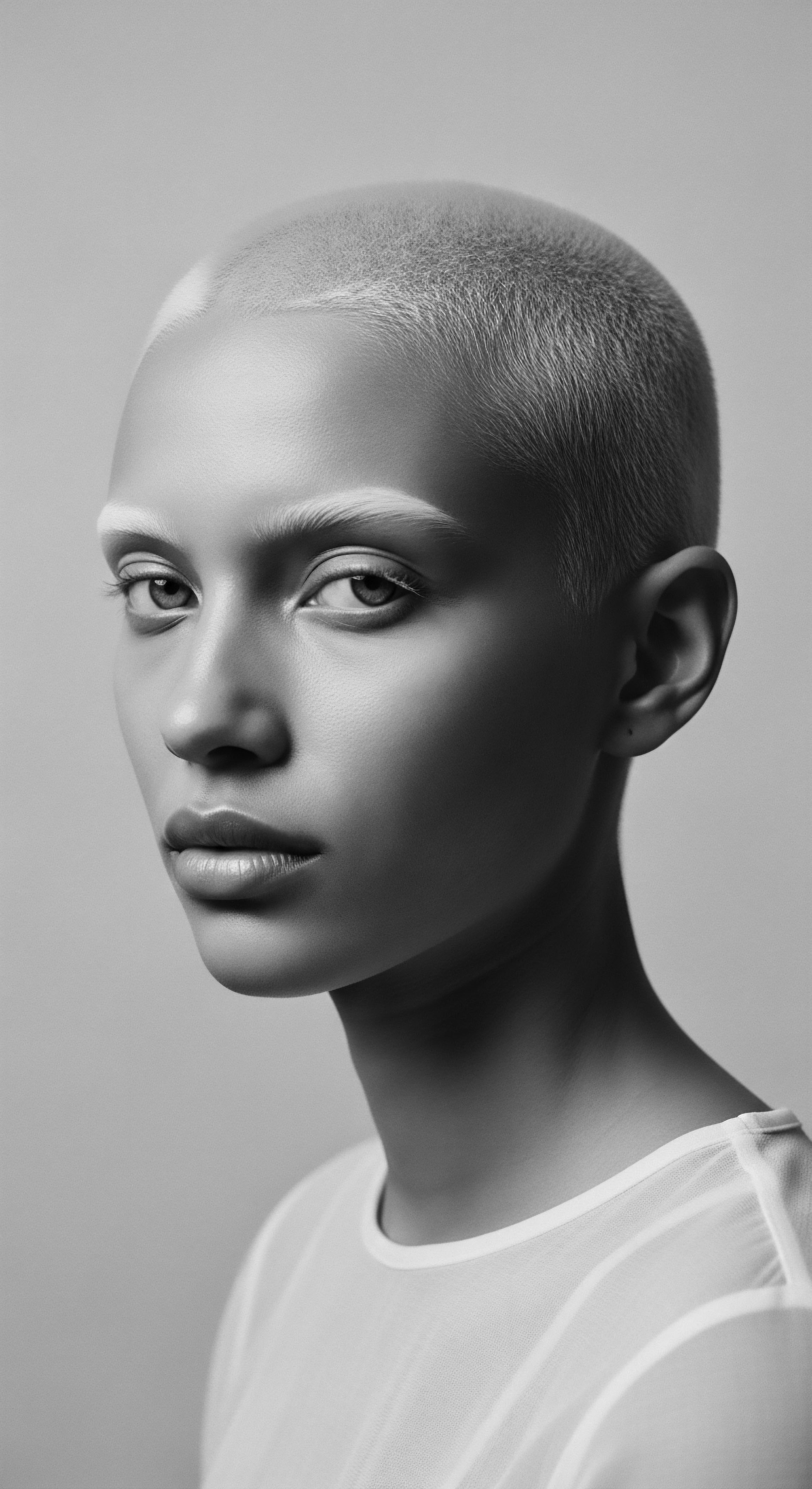
Ritual
The tender act of caring for textured hair has long been a sacred ritual, deeply intertwined with identity and community. Yet, history tells a complex tale, where external rules, often rooted in oppression, attempted to sever this connection, shaping not only how textured hair was worn, but how it was perceived and treated. This section explores how these historical rules, from sumptuary laws to the cruel realities of enslavement, impacted these living traditions of care, and how resilience transformed coercion into expressions of deep heritage.
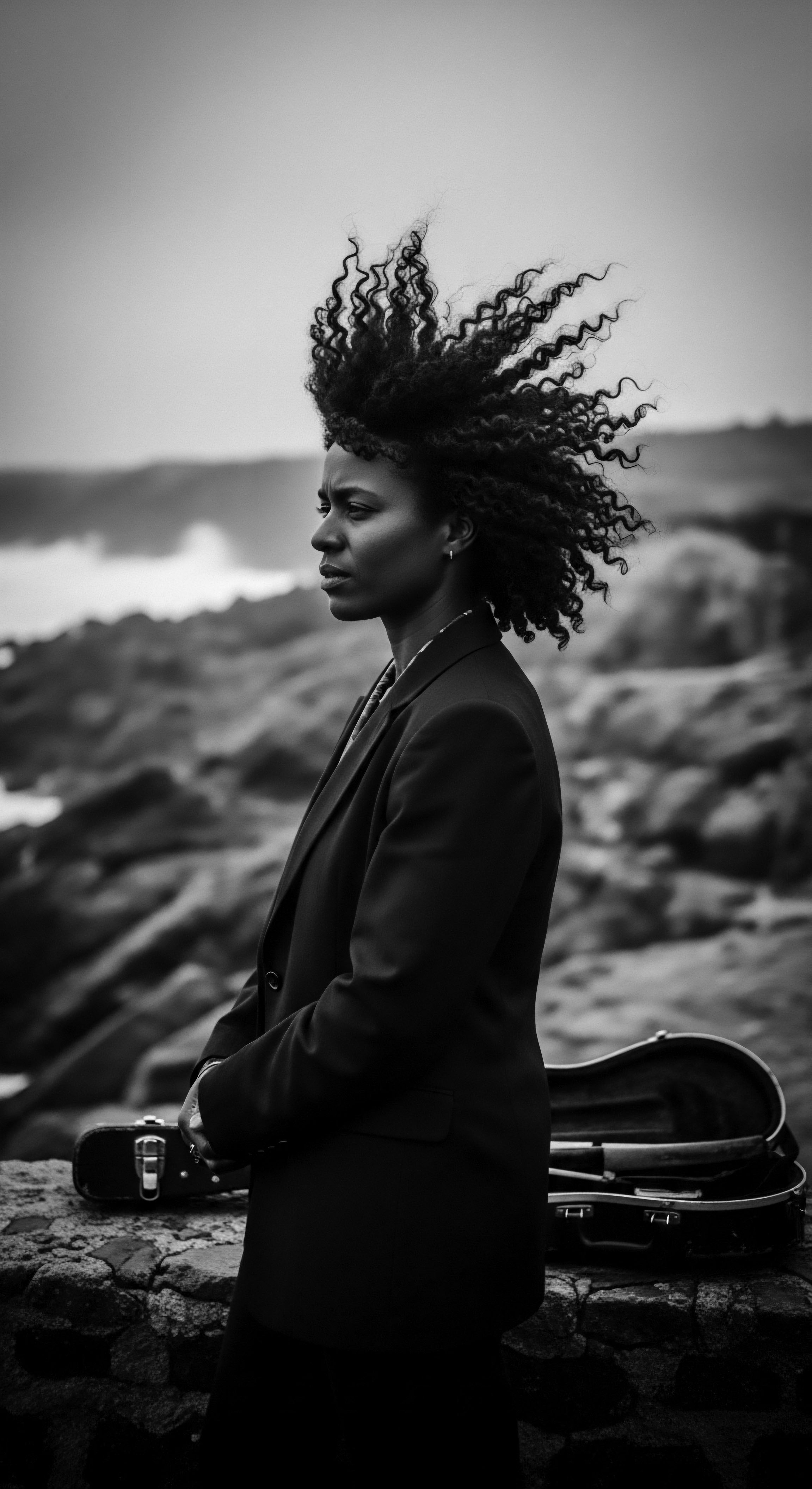
Imposed Restraints on Hair Identity
The arrival of colonial powers and the brutal institution of transatlantic slavery dramatically disrupted the continuity of African hair practices. Captured Africans often had their heads shaved upon arrival in the New World, a dehumanizing act designed to strip them of their cultural identity and sever ties to their homeland. This act was far from a mere practical measure; it symbolized a deliberate erasure of self, a forced detachment from a profound aspect of their heritage. Without access to traditional tools, ingredients, or the communal support that defined hair care in their homelands, enslaved people adapted, relying on whatever was available, even using substances like bacon grease or kerosene to manage their hair.
One particularly stark example of codified control over textured hair is the Tignon Law , enacted in Louisiana in 1786. This Spanish colonial edict mandated that free women of color in New Orleans cover their hair with a tignon, a scarf or handkerchief, when in public. The law was a direct response to the elaborate and beautiful hairstyles worn by these women, which were perceived as challenging the social hierarchy and attracting the attention of white men, thus upsetting the established order. The Tignon Law aimed to visibly mark these women as belonging to a subordinate class, regardless of their free status.
Historical regulations, such as the 1786 Tignon Law, sought to suppress the self-expression of Black women through their hair, yet these measures often sparked acts of creative resistance.
However, the spirit of those it sought to control proved far too powerful for such a simple mandate. In a remarkable act of defiance, these women transformed the imposed head covering into a statement of style and artistry. They adorned their tignons with vibrant colors, luxurious fabrics, and intricate ties, converting a symbol of oppression into an emblem of pride and continued self-expression. This transformation stands as a powerful testament to the enduring human capacity for resistance, turning a rule of subjugation into a ritual of quiet rebellion.

Adaptation Under Duress
Even beyond formal laws, pervasive social rules dictated that straight, smooth hair was the standard of beauty and professionalism, particularly after emancipation. This societal pressure led many Black individuals to alter their hair texture, often through harsh chemical treatments like lye-based relaxers or hot combs. The prevailing belief was that conformity to Eurocentric beauty ideals was essential for social and economic advancement, a rule of appearance silently enforced in schools and workplaces. This internalized rule created a difficult choice ❉ authenticity versus acceptance.
Despite these immense pressures, traditional care practices persisted, often in private spaces. The communal grooming sessions that once defined hair care in Africa continued, shifting to Sundays, the only day of rest for enslaved people, becoming a time for sharing techniques, products, and stories. These gatherings became clandestine sanctuaries where heritage was preserved, sometimes through coded messages woven into braids that could serve as maps for escape. This adaptation under duress ensured that the knowledge of traditional cleansing, conditioning, and styling was passed down, albeit often in modified forms.
Traditional African ingredients, such as shea butter and various oils, were replaced or adapted with what was available, like bacon grease or petroleum jelly, which while not ideal, were attempts to maintain hair health against overwhelming odds. The underlying principles of moisture, protection, and gentle handling, however, remained.
- African Black Soap ❉ A traditional cleanser from West Africa, made from the dried skin of local vegetation like plantains and cocoa pods. It cleanses without stripping natural oils, offering antioxidant properties.
- Chebe Powder ❉ Originating from the Basara tribe of Chad, this powder mixture (including lavender crotons, cloves, and cherry seeds) is applied to hair to reduce breakage and promote length retention, traditionally mixed with oils and animal fats.
- Shea Butter ❉ Extracted from the nuts of the shea tree, this rich butter has been used for centuries across Africa for its moisturizing and protective properties on both skin and hair, facilitating styling like braiding.
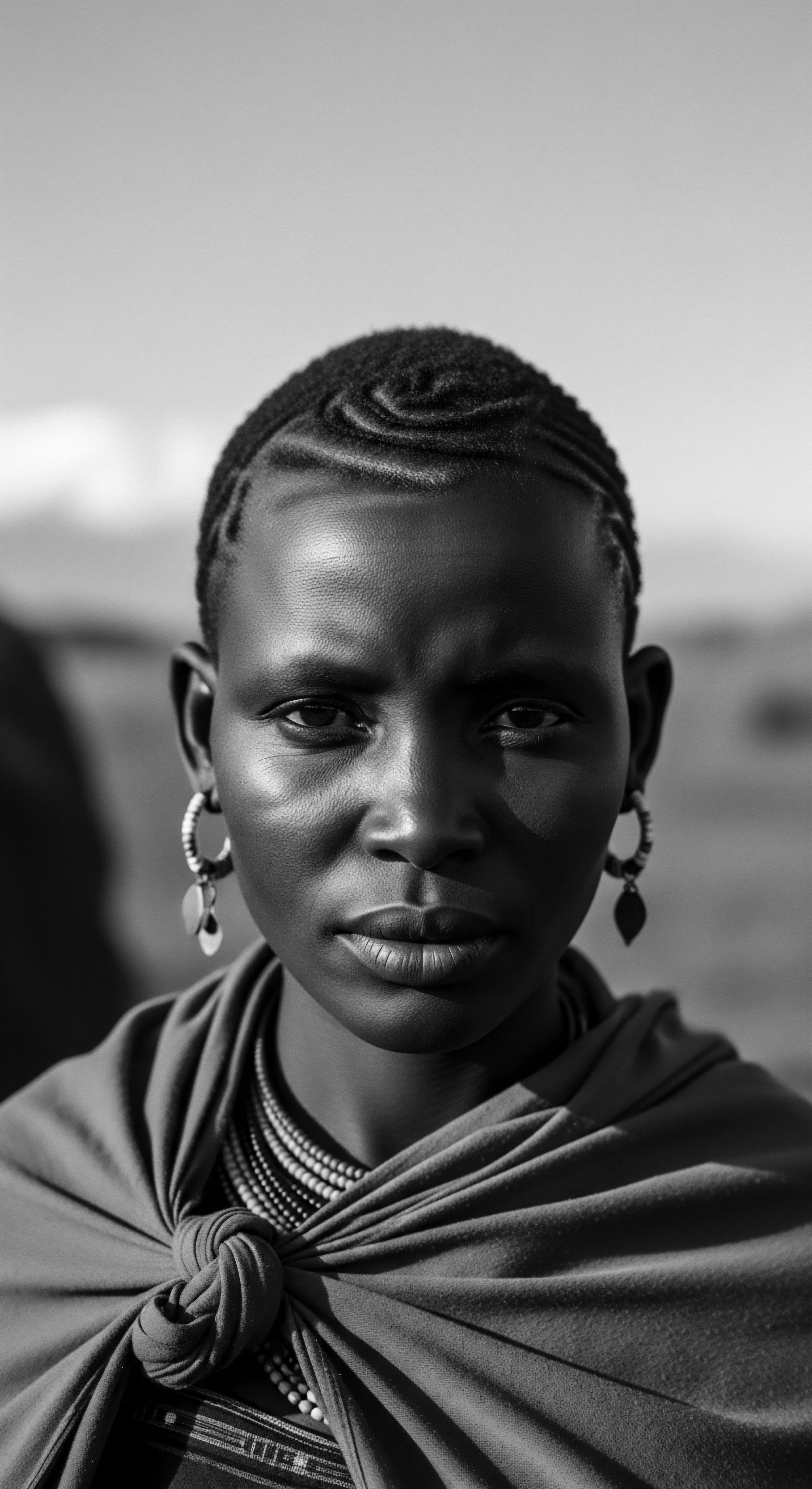
Relay
The historical rules shaping textured hair care are not relics confined to distant eras. They reverberate in our present, a complex interplay between past oppressions and ongoing reclamation, illustrating how hair remains a potent symbol of identity, resistance, and the continuous honoring of heritage. This segment analyzes how these historical mandates influenced the very perception of textured hair, leading to profound socio-cultural consequences, and how communities have responded with enduring strength.
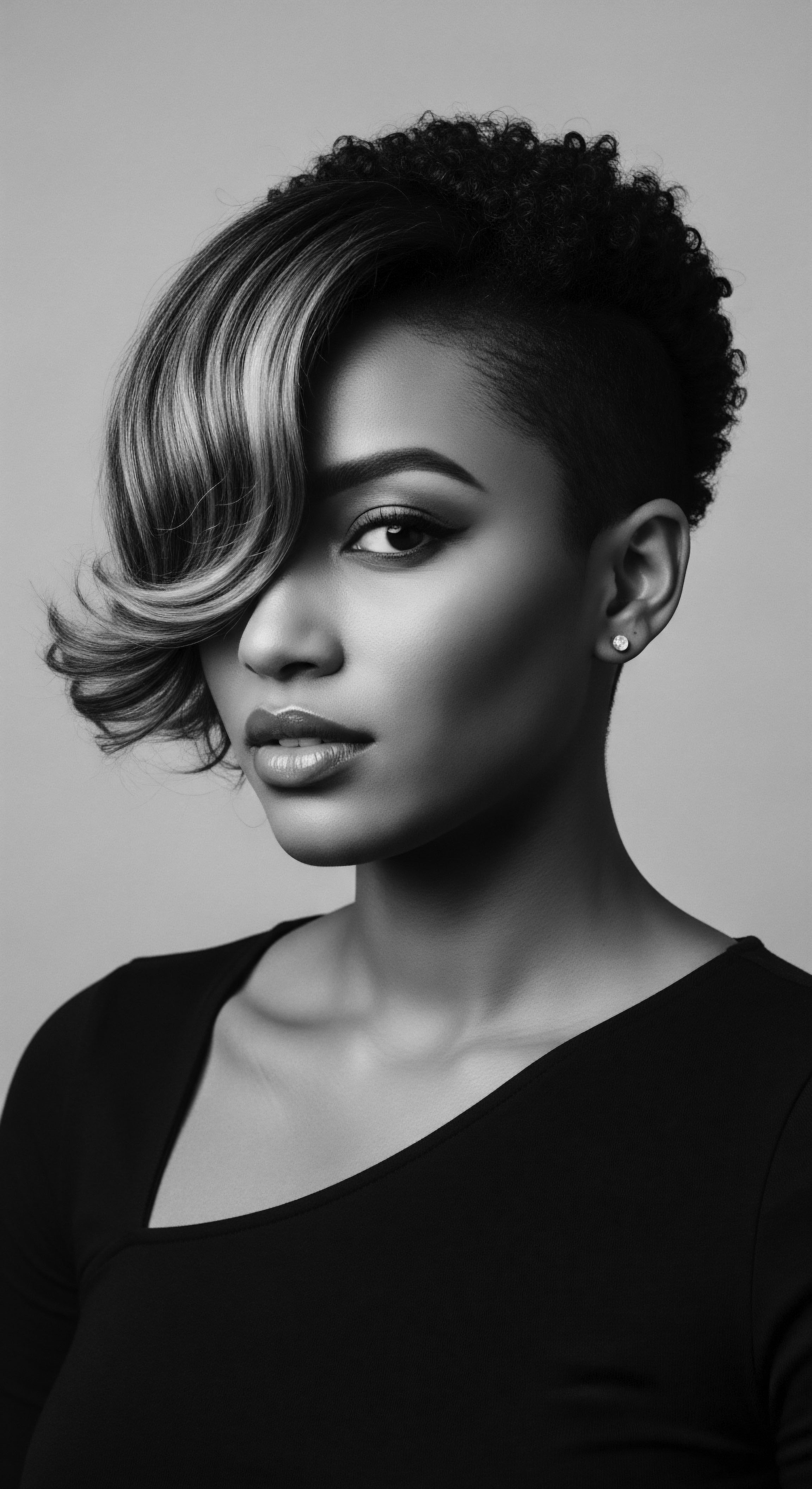
Hair as a Mark of Social Hierarchy
For centuries, the classification of textured hair moved beyond mere description into realms of pseudo-science and racist ideology. In the 19th century, figures like naturalist Ernst Haeckel categorized “woolly-haired” humans, explicitly including Africans, positioning their hair as closer to animal fleece than human hair. This systemic dehumanization served as a twisted validation for enslavement and colonial exploitation, framing Black hair as “dirty,” “unkempt,” or “inferior” when compared to European hair. These perceptions were not incidental; they were deeply embedded social rules that dictated access and opportunity.
During the era of slavery, a stringent caste system emerged, where lighter-skinned enslaved people with straighter hair often received comparatively better treatment, sometimes working in households rather than fields. This hierarchy, based on Eurocentric beauty standards, established “good hair” as a desired trait for perceived social mobility. The “comb test” in the US, where a fine-tooth comb was hung at an establishment’s entrance, effectively barred entry to those whose hair could not be easily combed through, directly enforcing these discriminatory rules.
In South Africa during Apartheid, the “pencil test” served a similar function, classifying individuals by their hair’s ability to hold a pencil, determining racial identity and associated rights. These practices were not isolated incidents; they were pervasive rules, unwritten but heavily enforced, that governed daily life and access to fundamental dignities.

The Reclamation of Coils
The mid-20th century, particularly the 1960s and 1970s, witnessed a profound shift ❉ the Black Power Movement declared “Black is beautiful,” inspiring a widespread return to natural hairstyles. The Afro, a style that unapologetically celebrated the hair’s natural volume and texture, became a powerful symbol of pride, cultural affirmation, and defiance against imposed beauty standards. This was a deliberate rejection of the notion that straightening hair was a requirement for acceptance or success. The act of wearing one’s natural hair became a political statement, a purposeful act of resistance against centuries of denigration.
Legal challenges have arisen from these persistent discriminatory rules. The CROWN Act (Creating a Respectful and Open World for Natural Hair) in the United States, adopted in several states, directly addresses hair discrimination based on texture and protective styles. This legislative effort represents a contemporary response to deeply rooted historical rules, asserting that discrimination based on hair is racial discrimination. This reflects a growing societal awareness that the way one wears their hair, especially within Black communities, is inextricably linked to racial identity and heritage.
A 2020 study by Michigan State University and Duke University found that Black women with natural hairstyles are statistically less likely to secure job interviews compared to white women or Black women with straightened hair. This empirical finding underscores the lasting impact of historical and social rules that associate natural Black hair with a lack of professionalism. Despite progress, the echoes of past discrimination persist, revealing a need for continuous advocacy and education to dismantle these inherited prejudices.
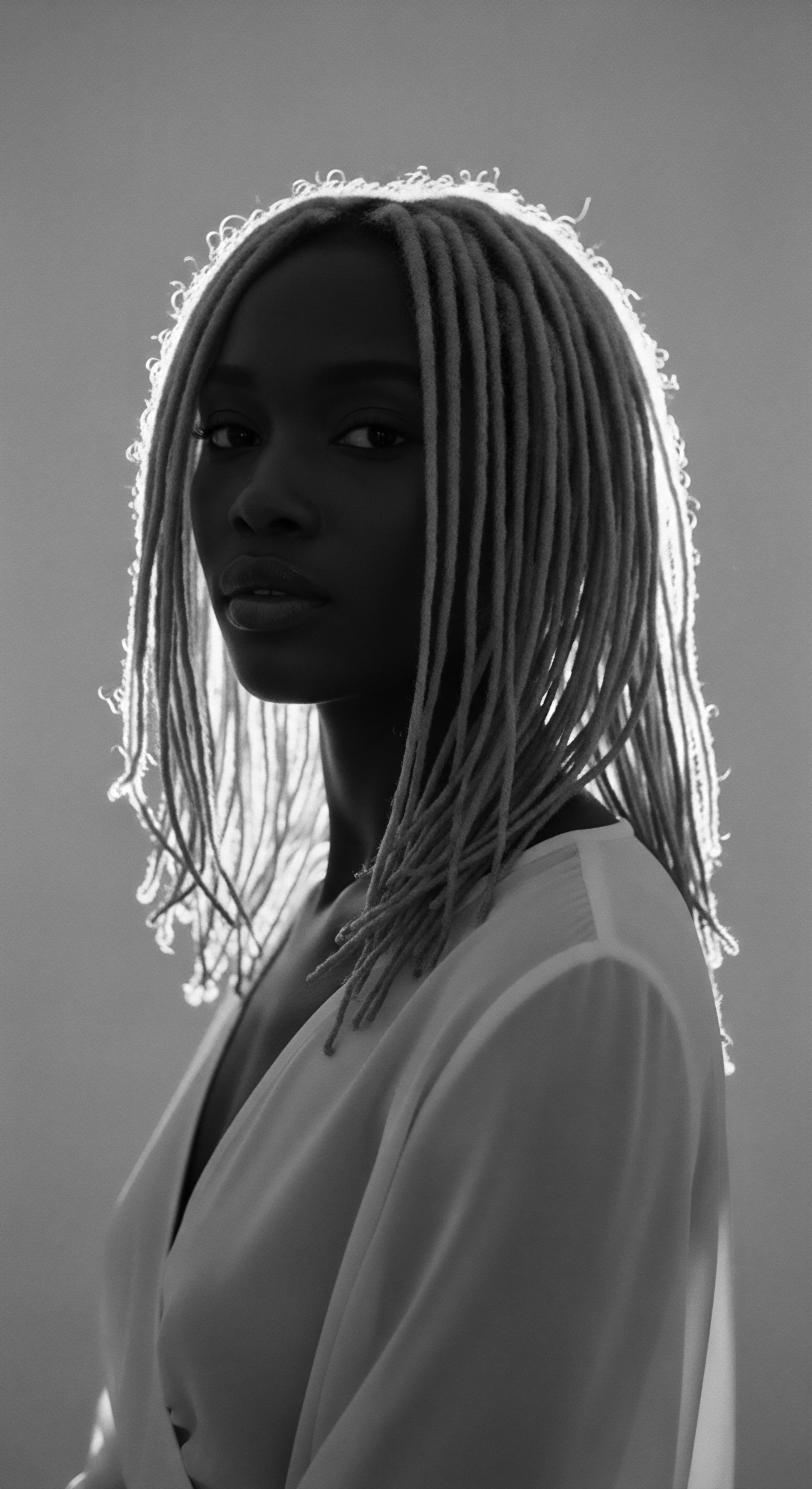
Can Science Confirm Ancestral Wisdom About Hair?
Modern hair science has begun to validate long-standing ancestral care practices. For generations, traditional knowledge emphasized practices like frequent oiling, protective styling, and gentle handling to maintain the health of textured hair. Contemporary trichology now offers a scientific rationale for these methods, explaining how the helical structure of textured hair makes it more prone to dryness and breakage due to less efficient distribution of natural oils along the hair shaft and the presence of more cuticle layers at turns. Understanding this intrinsic biology affirms the historical reliance on nourishing ingredients and protective styles.
For instance, the traditional use of rich butters like shea and oils for sealing moisture directly supports the scientific understanding of textured hair’s unique need for hydration and barrier protection against environmental elements. This scientific perspective illuminates how ancient routines were not simply cultural rituals but deeply effective responses to the hair’s inherent needs, passed down through generations.

Reflection
To hold a textured strand today is to hold a legacy, a testament to ancestral resilience and artistic expression that has persisted despite centuries of external rules. The journey of textured hair care, from the intuitive wisdom of pre-colonial communities to the forced adaptations of enslavement and the spirited reclamations of modern times, is a living archive of human spirit. It is a profound story of identity, not merely surviving, but thriving in its defiance.
The coil, the twist, the braid – each form carries within it the memory of hands that cared, spirits that resisted, and communities that found solace and strength in shared rituals. As we continue to honor these practices and challenge lingering prejudices, we do more than simply care for hair; we tend to the soul of a strand, preserving a heritage that continues to shape and illuminate our collective future.
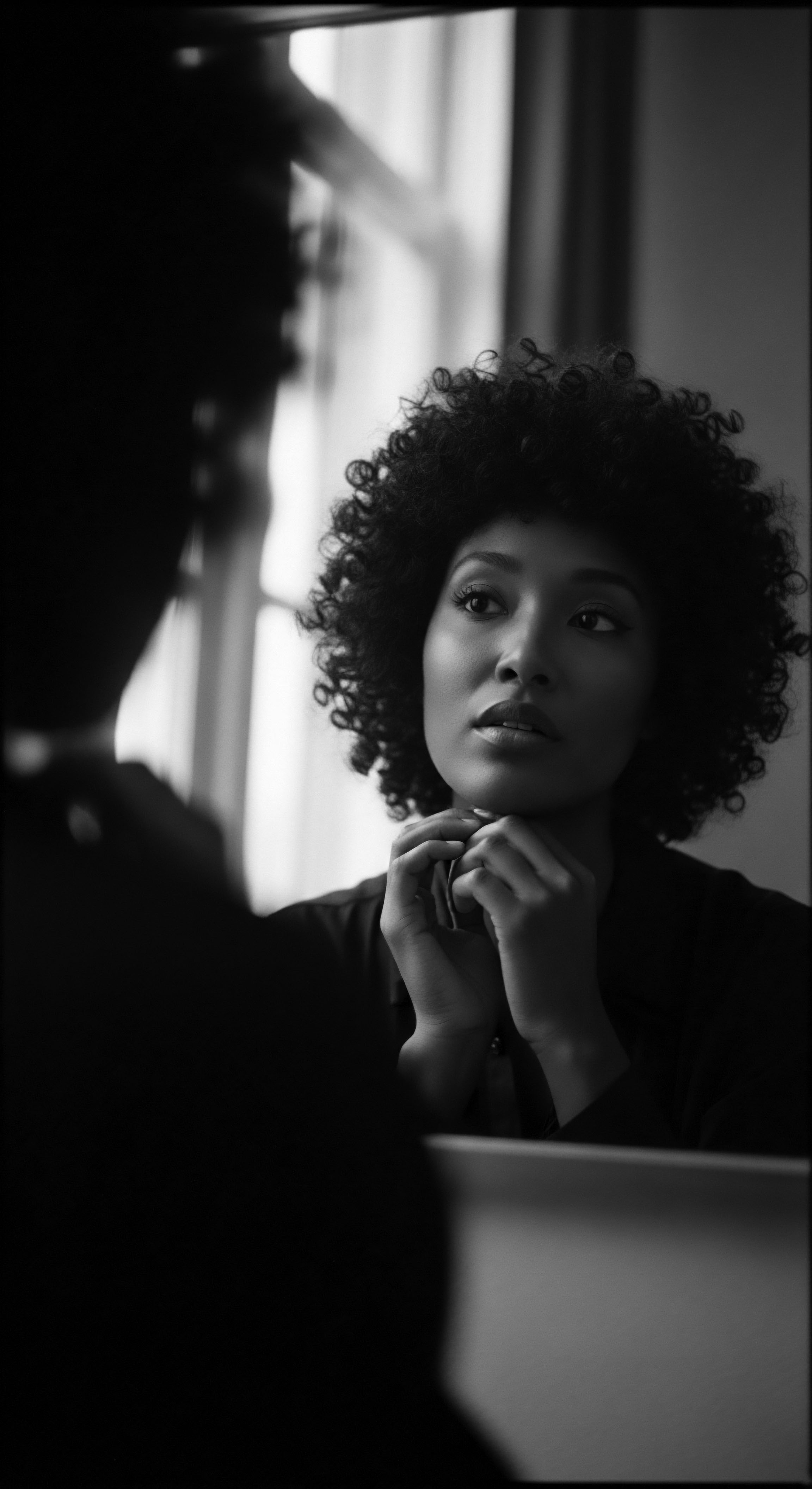
References
- Byrd, Ayana, and Lori L. Tharps. Hair Story ❉ Untangling the Roots of Black Hair in America. St. Martin’s Griffin, 2014.
- Dabiri, Emma. Twisted ❉ The Tangled History of Black Hair Culture. Harper Perennial, 2020.
- Essel, Essilfie B. “Historical Roots of Makai Hairstyle of Elmina People of Ghana.” International Journal of Arts and Social Science, vol. 6, no. 10, 2023, pp. 216-224.
- Gould, Virginia Meacham. The Devil’s Lane ❉ Sex and Race in the Early South. Oxford University Press, 1997.
- Jones, Charisse, and Kumea Shorter-Gooden. Shifting ❉ The Double Lives of Black Women in America. HarperCollins Publishers, 2003.
- Koppelman, Constance. “The Politics of Hair.” Frontiers ❉ A Journal of Women Studies, vol. 17, no. 2, 1996, pp. 87-88.
- Murrow, Willie L. 400 Years Without A Comb. Lulu.com, 2009.
- Thompson, Cheryl. Black Women and the Politics of Hair. Parlor Press, 2008.
- Weitz, Rose. “Women and their Hair ❉ Seeking Power and Pleasure through Hair-Work.” Gender & Society, vol. 18, no. 5, 2004, pp. 667-695.
